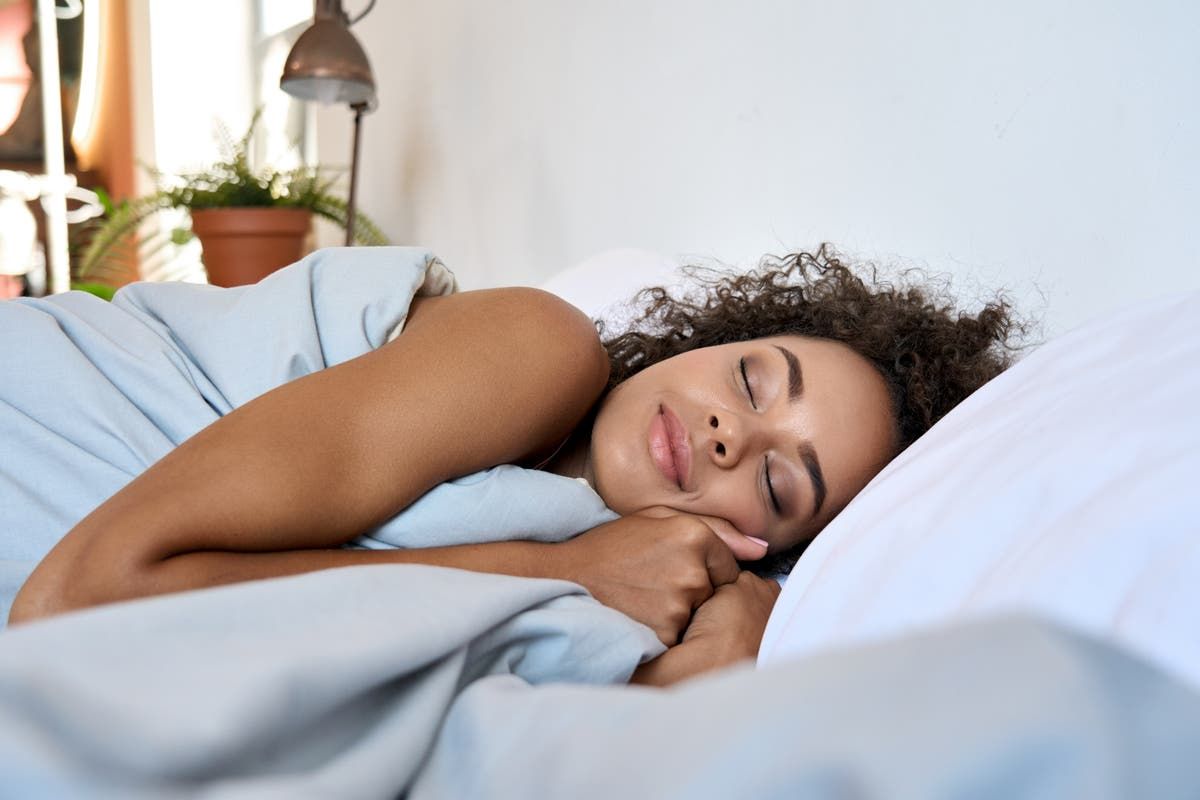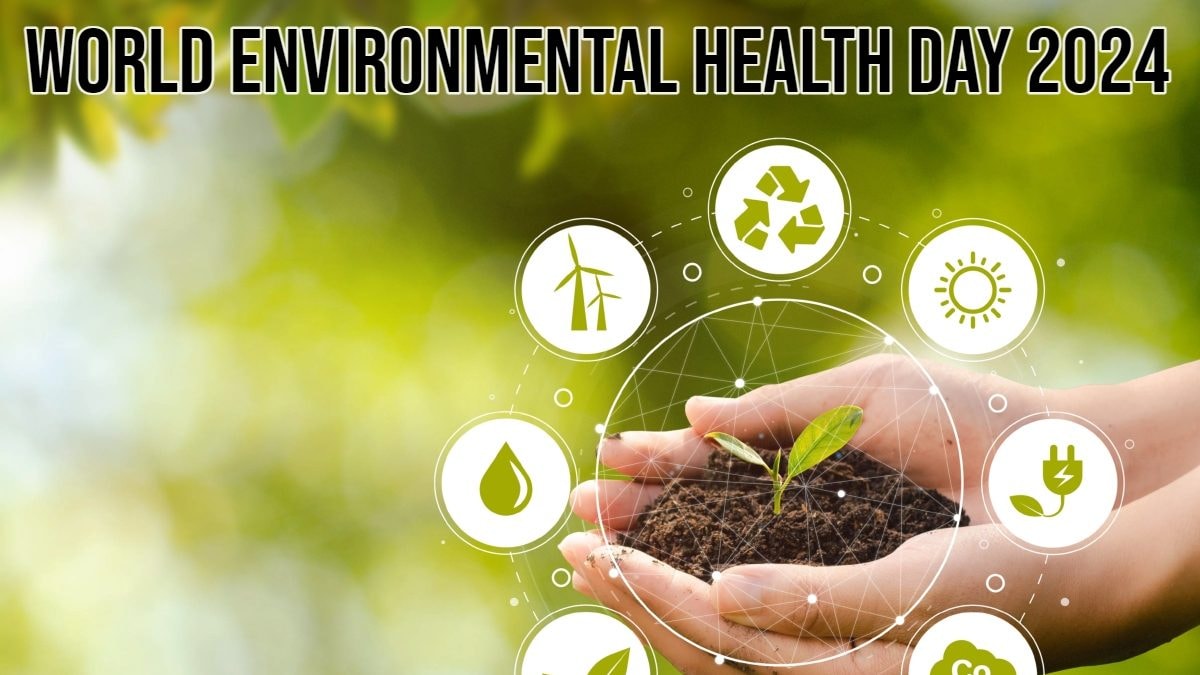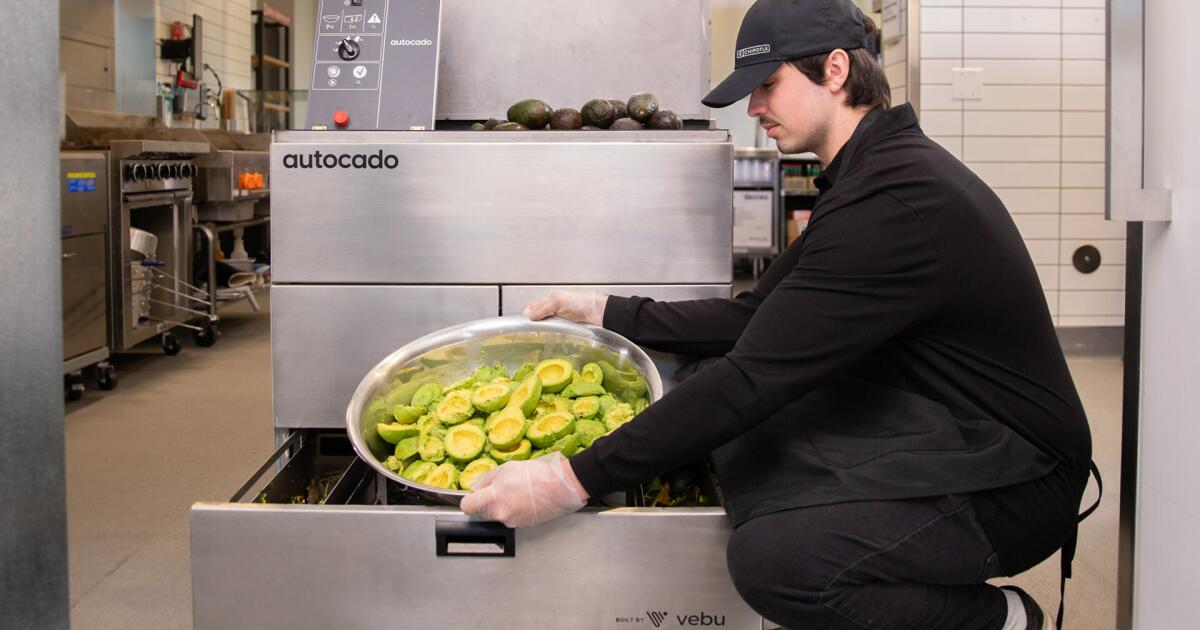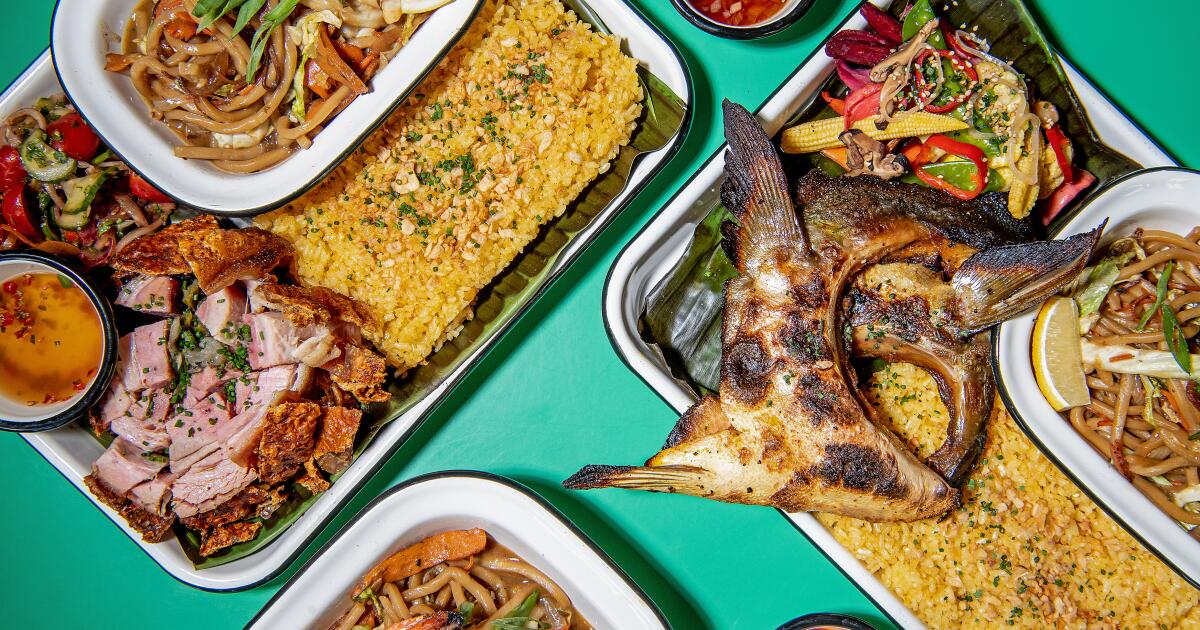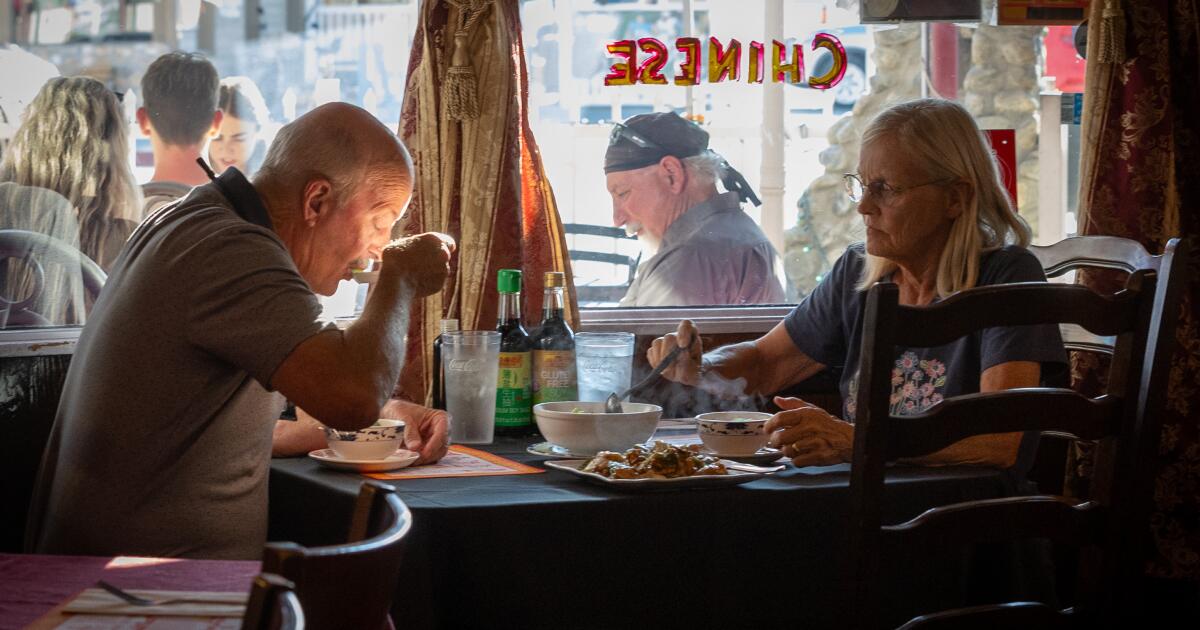Nap culture hasn't taken off in the United States like it has in other countries.
From siestas in Spain and Nigeria, riposas in Italy, and idlip in the Philippines, people around the world proudly practice siestas. But in the United States, napping is considered a sign of laziness and lack of ambition.
A byproduct of the American dream, the culture of hustle and routine reigns in the United States, and many workers often avoid free time or breaks to get even more work done. Rest is not considered a priority to the detriment of our group. In the 2022 bestseller by activist Tricia Hersey Rest is resistance, Hersey argues that prioritizing rest in the daily routine can be a form of resistance against capitalist routine.
In an interview with NPR, Hersey explained: “Our bodies are a place of liberation. And that brings to somatics the idea that wherever our bodies are, we can find rest.”
“Naps provide a portal to imagine, invent and heal,” she added. “The space of our dreams has been stolen and we want it back. We will recover it through the break.”
While younger generations have rejected hustle culture and actively embraced rest on social media, coining the term “bed rot,” there's also the wellness-obsessed other half of the internet promoting their “cocktails for sleepy girls.” ” and 10-step skin care routines. .
While the latter may seem harmless, it is often glorified as an aspirational version of self-care, while “bed rot” is often considered a product of laziness and can cause anxiety because we are not doing enough simply by resting.
American culture advocates workaholism, but at the end of the day, that compulsive need to be more productive is unhealthy. According to the 2023 State of Sleep report, data indicates that the US is largely a sleep-deprived nation, with one in three adults reporting having trouble sleeping. It is estimated that a similar percentage of people take a nap once a day, whether they really need it or not.
The so-called sleep economy has gradually emerged, with a variety of products such as natural supplements and CBD edibles, as well as blue light and sound machines released to the masses. Hostage Tape, a brand that sells a tape-like strip of fabric that keeps your mouth closed to prevent snoring and aid breathing, went viral last year and has since courted the female demographic with themed versions of the product. pink.
The Sleep Foundation says that a regular nap, specifically midday, can improve alertness, mood and memory, and reduce stress. When we are sleepy during the day, it is normally the body trying to compensate for an energy imbalance so that we can continue to function properly. Ideally, experts recommend taking naps of between 20 and 30 minutes to avoid grogginess and falling into a deep sleep.
By taking a midday nap, we can work with our circadian rhythms and take advantage of the natural drop in energy at that time of day. However, it can be worrying if you regularly fall asleep during the day, especially at inopportune times, such as waiting at a traffic light.
There are over 100 different sleep disorders, including deadly sleep apnea, which could be the reason behind your lack of rest and sleep. Scientists have long found a correlation between poor sleep quality and harmful cardiovascular diseases, as well as problems related to mental acuity.
Often, our sleep patterns are also influenced by genetics. According to a study from the National Heart, Lung, and Blood Institute, the amount of sleep you get can be affected by at least 80 different genes.

